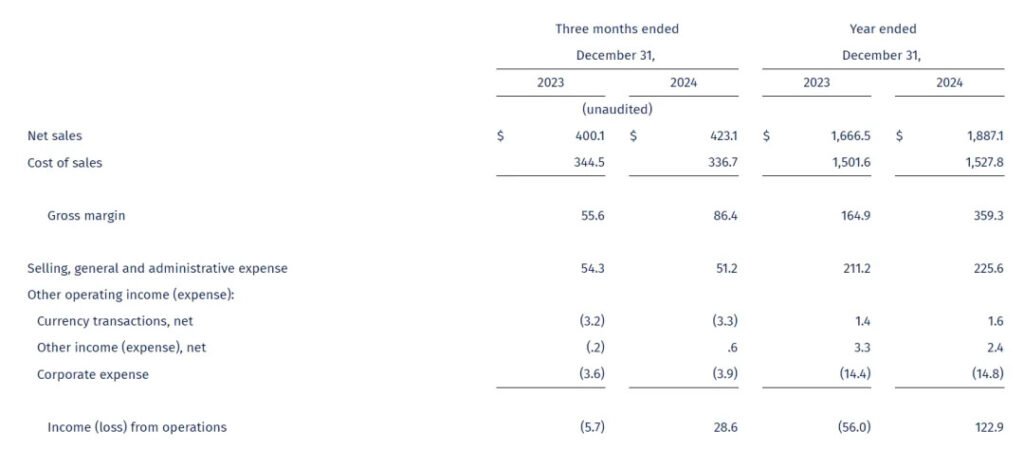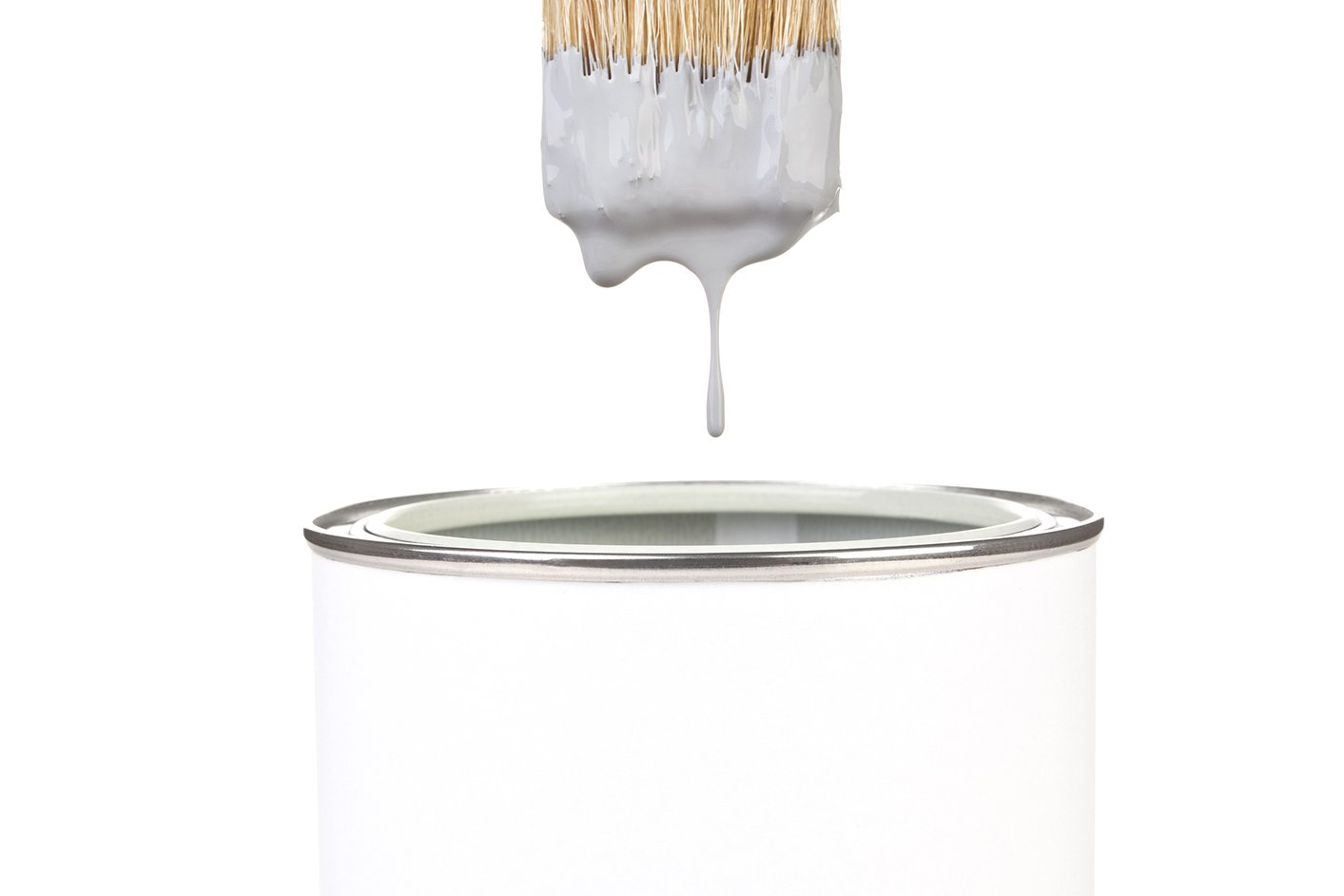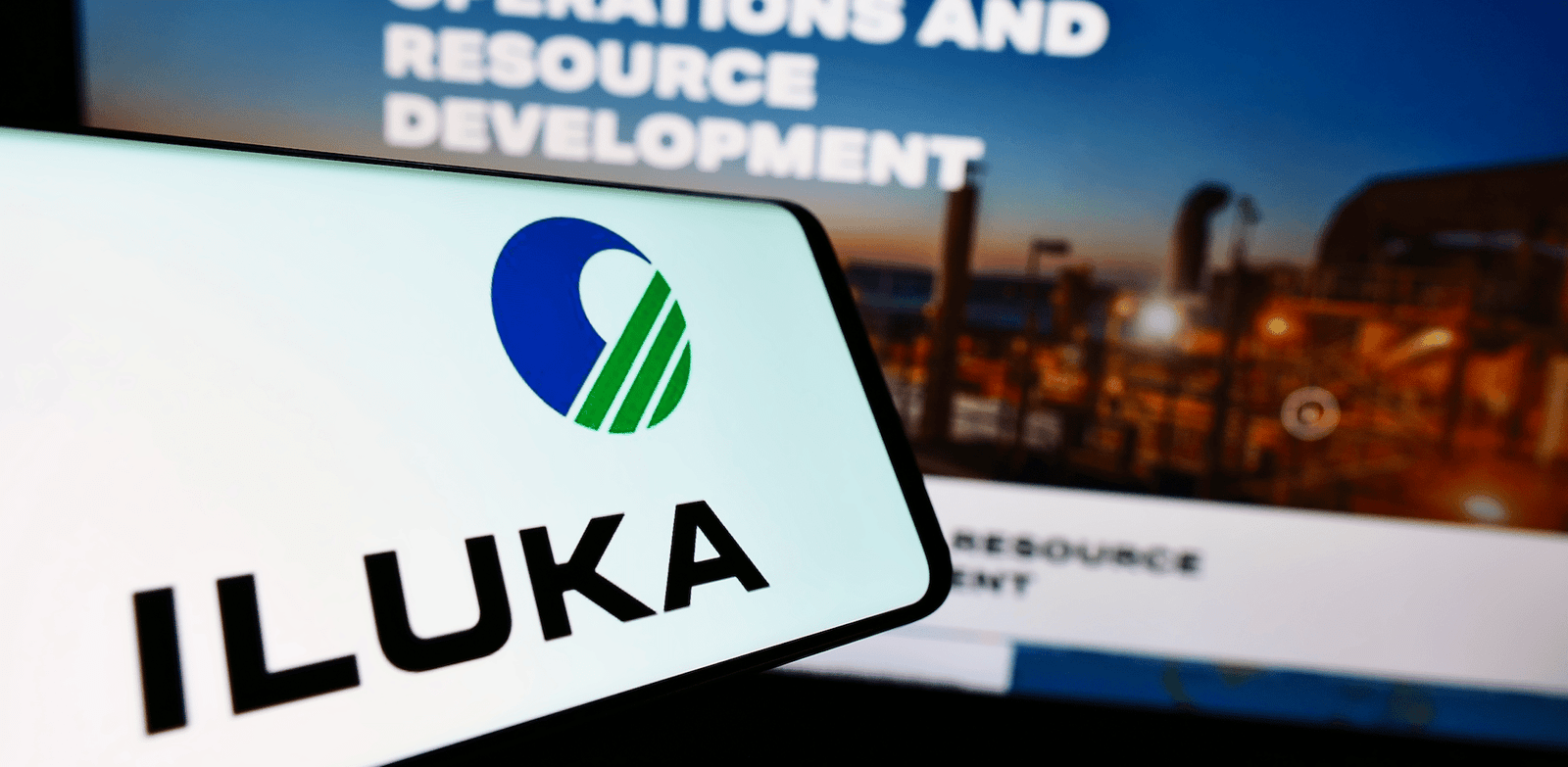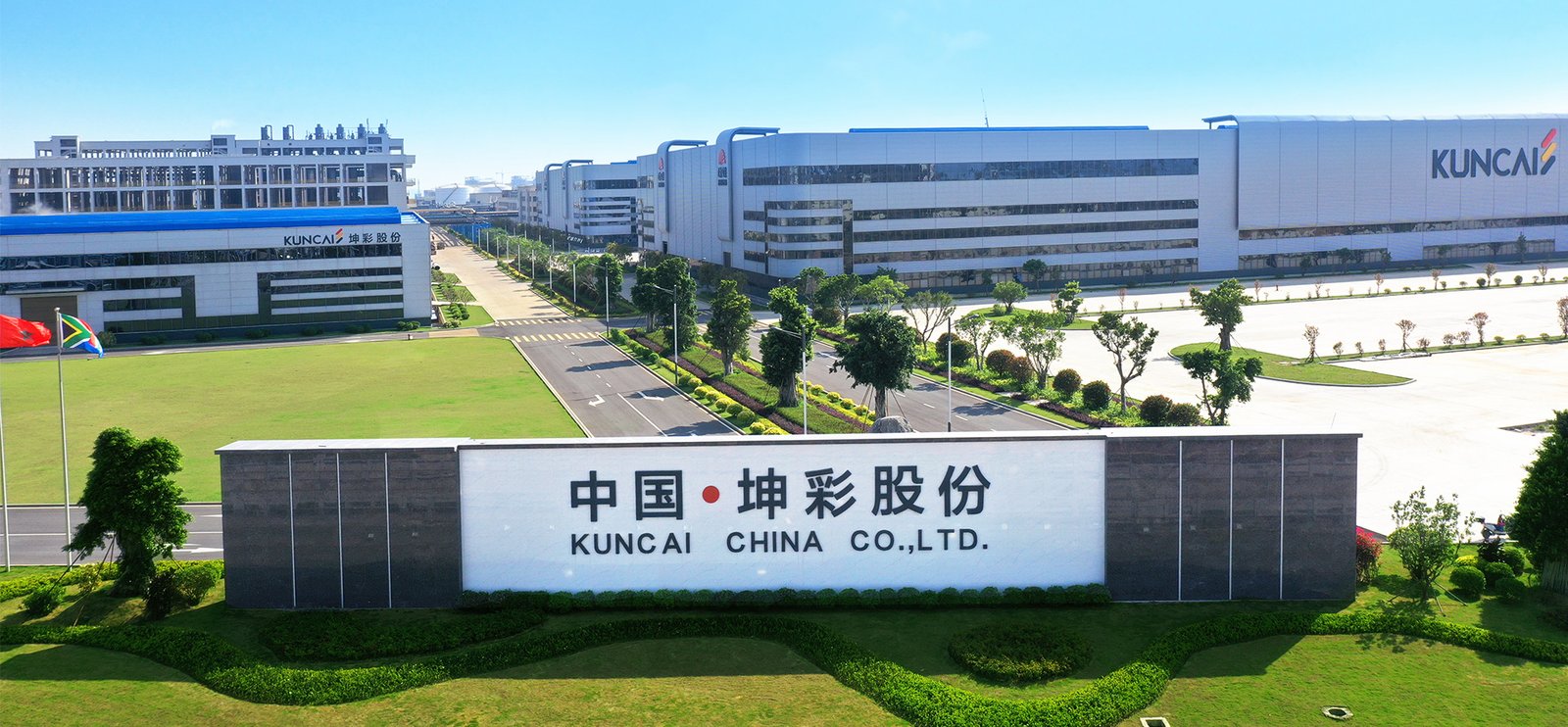On March 6, titanium dioxide supplier Kronos released its financial report for 2024, showcasing the company’s strong performance over the past year. The report indicates that benefiting from increases in both production and sales volume of titanium dioxide, as well as optimized production costs, Kronos achieved an operating revenue of $1.887 billion in 2024, a year-on-year increase of 13.20%. The operating profit reached $122.9 million, successfully turning an annual loss into a profit. This performance not only highlights Kronos’s competitive strength in the industry but also reflects the recovery in global titanium dioxide market demand and the driving effects of technological advancements.

According to the financial report, Kronos’s total titanium dioxide production reached 535,000 tons in 2024, a growth of 33.42% compared to 401,000 tons in 2023. The annual sales volume was 504,000 tons, an increase of 20.29% from 419,000 tons in 2023. This significant growth can be attributed to multiple factors.
First, market demand fully recovered in 2024, particularly in North America, Europe, and the Asia-Pacific region, where the resurgence of the construction, automotive, and plastics industries directly boosted titanium dioxide consumption. Second, Kronos improved its technology and optimized its equipment, raising capacity utilization to over 93%, which significantly enhanced production efficiency. Additionally, the decline in energy and raw material costs further reduced production expenses, supporting profit growth.
Kronos operates six major production bases worldwide, including the Lake Charles plant in Louisiana, Canada’s Varennes plant, and facilities in Europe located in Leverkusen and Nordenham, Germany, Fredrikstad, Norway, and Gent, Belgium. These plants employ both sulfate and chloride processes, with a total annual production capacity of approximately 600,000 tons. In July 2024, Kronos invested $185 million (plus an additional potential $15 million in profit sharing) to acquire the remaining 50% stake in Louisiana Pigment Company (LPC), making it a wholly-owned subsidiary. The LPC chloride plant in Lake Charles has an annual titanium dioxide production capacity of about 78,000 tons. This acquisition not only increased Kronos’s output but also strengthened its supply capabilities in the North American market. The financial report showed that after consolidating LPC, it contributed approximately $150 million in revenue, becoming a significant driver of annual performance growth.

However, Kronos also faces challenges. In 2024, the average price of titanium dioxide decreased by 5% compared to 2023, falling from approximately $3,000 per ton to around $2,850. This decline was primarily influenced by adjustments in the global market supply and demand balance, as well as intensified competition. The drop in prices partially offset the positive effects of increased production and sales volumes, but thanks to effective cost control and higher sales, the company still achieved profitability.
Kronos’s performance growth is closely linked to trends in the global titanium dioxide market. According to forecasts by the China Chemical and Plastics Industry Association, the global titanium dioxide market size is expected to exceed $20 billion in 2024, with a projected compound annual growth rate (CAGR) of 3.3% to 6.6%, reaching $24 billion to $32 billion by 2029. The Asia-Pacific region leads the market with a 42% share, driven primarily by rapid growth in the construction and automotive industries in emerging economies like China and India.
As an essential white pigment in industries such as coatings, plastics, paper, and cosmetics, the demand for titanium dioxide is closely tied to global economic activities. In 2024, the recovery of the global construction industry is particularly evident, with a 5% year-on-year increase in U.S. residential construction starts and stable growth in construction markets like India, boosting the demand for titanium dioxide in coatings. Additionally, the automotive industry’s shift towards electrification is driving demand for high-performance coatings, increasing titanium dioxide’s application in automotive coatings to 15%. The demand for high-purity titanium dioxide in the cosmetics and food industries is also steadily rising, especially in the Asia-Pacific region, with an annual growth rate of about 4%.
In terms of pricing, the global titanium dioxide market experienced a dip followed by a rise in 2024. In the first half of the year, prices fell to as low as $2,700 per ton due to inventory pressures. However, in the second half, prices gradually recovered to $2,900 per ton as demand improved and the supply of raw materials like ilmenite and rutile tightened. The China Chemical and Plastics Industry Association predicts that prices may stabilize around $3,000 per ton in 2025, with supply-demand balance becoming a dominant factor.
Kronos’s impressive performance in 2024 reflects not only the success of its business strategy but also the recovery and transformation trends in the global titanium dioxide market. The financial report indicates that Kronos aims for sales of 550,000 tons in 2025, with revenues expected to exceed $2 billion. Driven by growing demand, technological upgrades, and green development, the titanium dioxide industry is poised to seize new opportunities.





